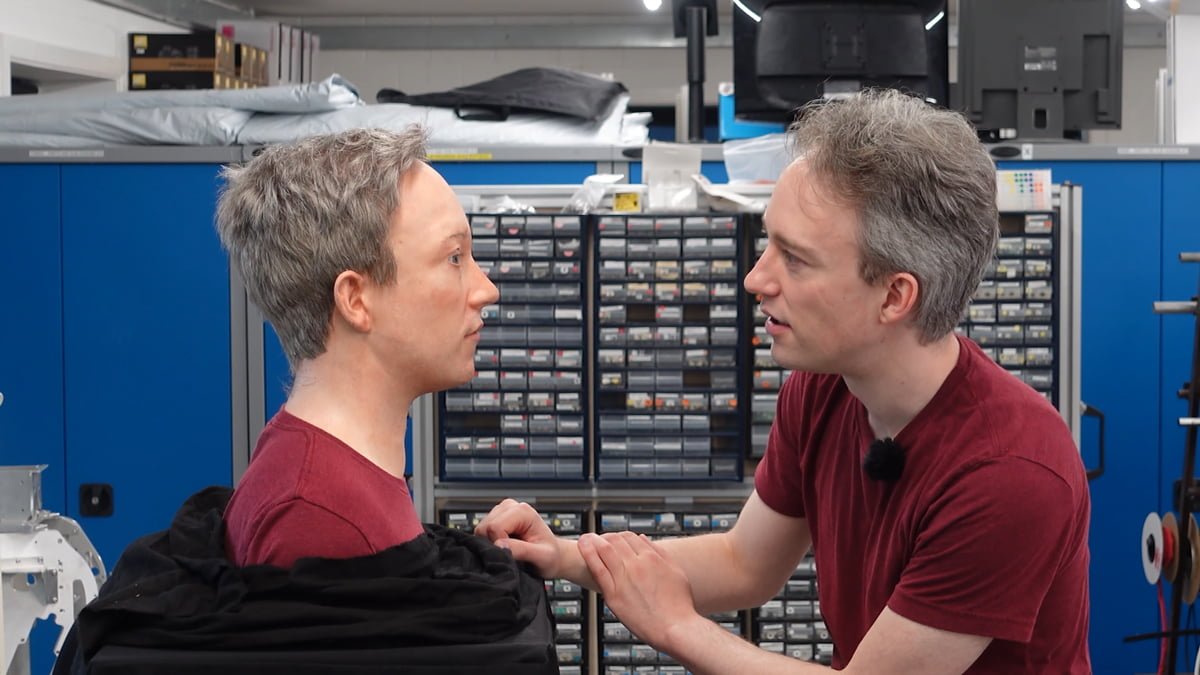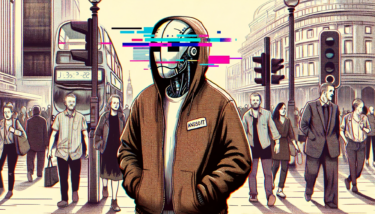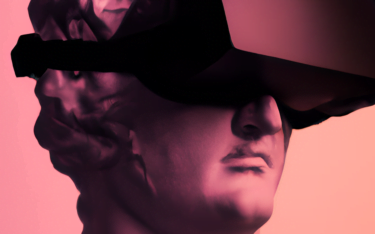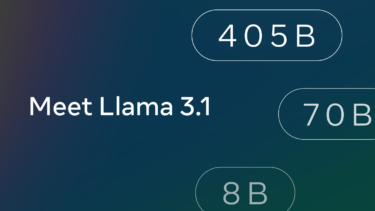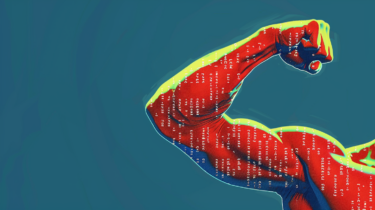Last year, the realistically animated face of the robot Ameca amazed the Internet. How does Ameca do as a mechanical double?
The robot "Ameca" is designed by the British company Engineered Arts, starting with the face: the manufacturer has placed special emphasis on convincing facial expressions since the construction began. Ameca's body is not yet fully developed, but the realistic face alone should serve as an attraction for AI demos or at trade fairs.
Ameca has a modular design and is to be expanded step by step. The goal is to create a robot shell for advanced AI that is as human-like as possible.
Ameca as a mechanical double
For a new campaign, Engineered Arts cooperates with YouTuber Tom Scott, who is especially well-known in the UK. In one of his most-watched videos, Scott exposed false promises made by VPN companies - even though they were originally among his sponsors.
Now his robot self is to take over unwelcome advertising announcements. To this end, he has teamed up with Engineered Arts, who have painstakingly recreated an Ameca face for him. You can see the result in the following video starting at minute 4:30.
The basis for the robot face is a 3D scan of Tom Scott's head, from which the company then molds an elastic Tom Scott skin and pulls it Terminator-style over the Ameca robot head. The hair is individually implanted into the robot's skull. Finally, Engineered Arts uses videos to program Scott-like facial expressions onto the robot's face.
The realistic face intensifies the Uncanny Valley effect
For Scott himself, his skull as a robot head triggers a certain unease. When he makes eye contact, he says he has the feeling for a brief moment that he is facing himself as a person. "It's weird," Scott says.
However, compared to the original abstract face of Ameca, Scott's realistic-looking robot face intensifies the so-called Uncally Valley effect: the original face of Ameca looks like a puppet that is amazingly realistically animated and has a variety of facial expressions. Ameca therefore surprises our brain as being more alive than expected.
Scott's robot face, on the other hand, looks like the face of a human transformed into a doll with limited facial expressions. It looks less alive than our brains expect, thus more artificial - and a little creepy. So there's still a long way to go for Data.
